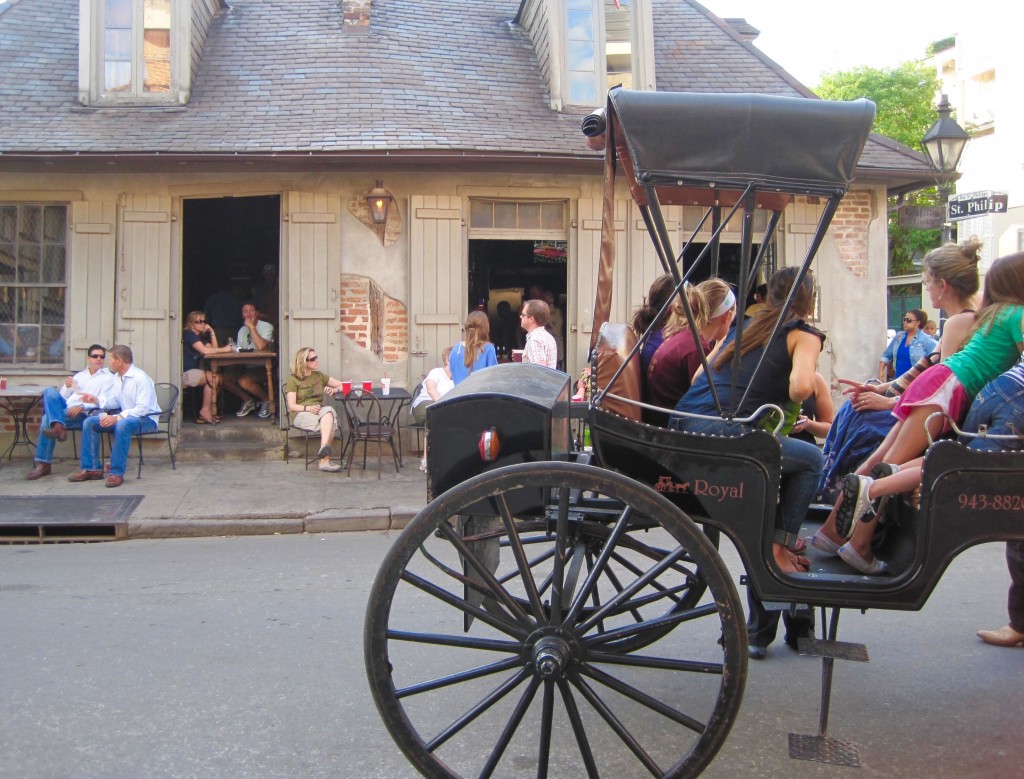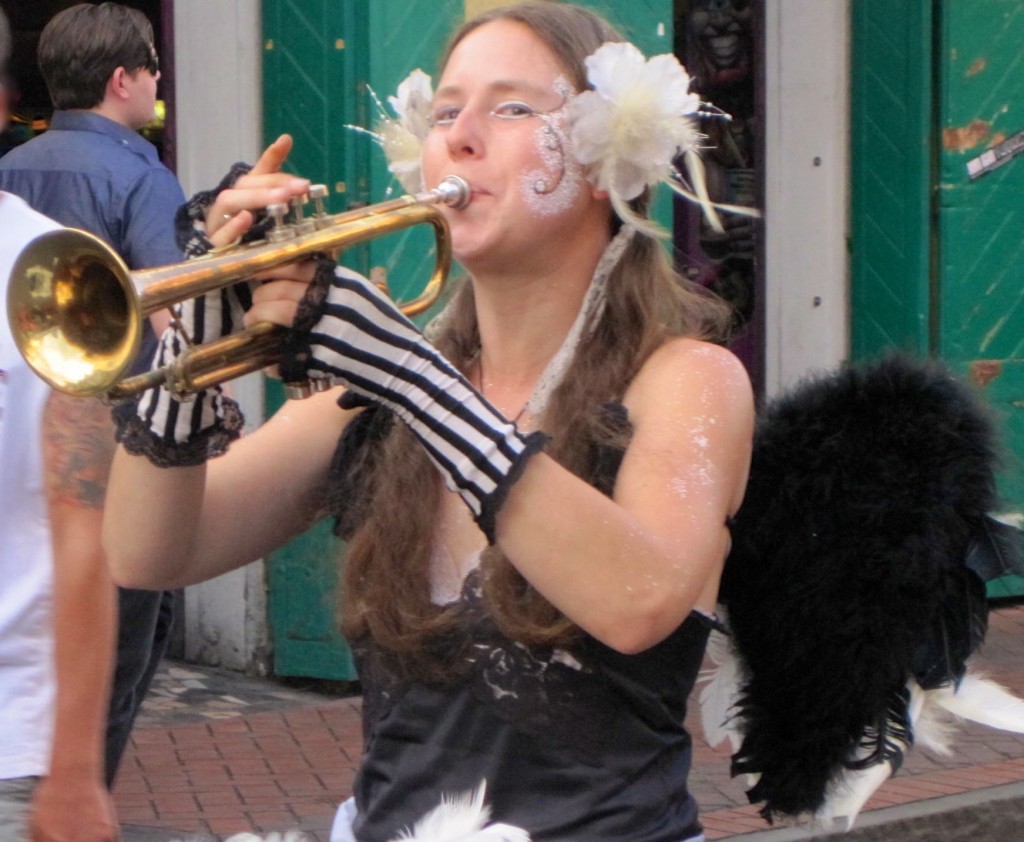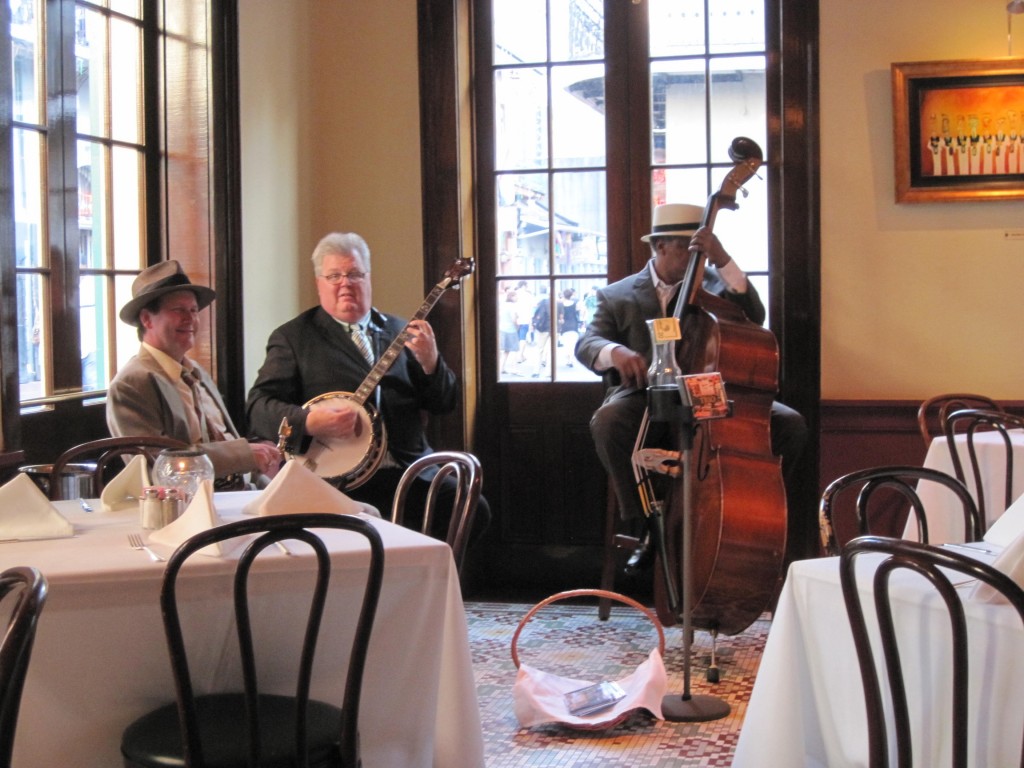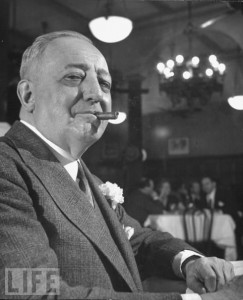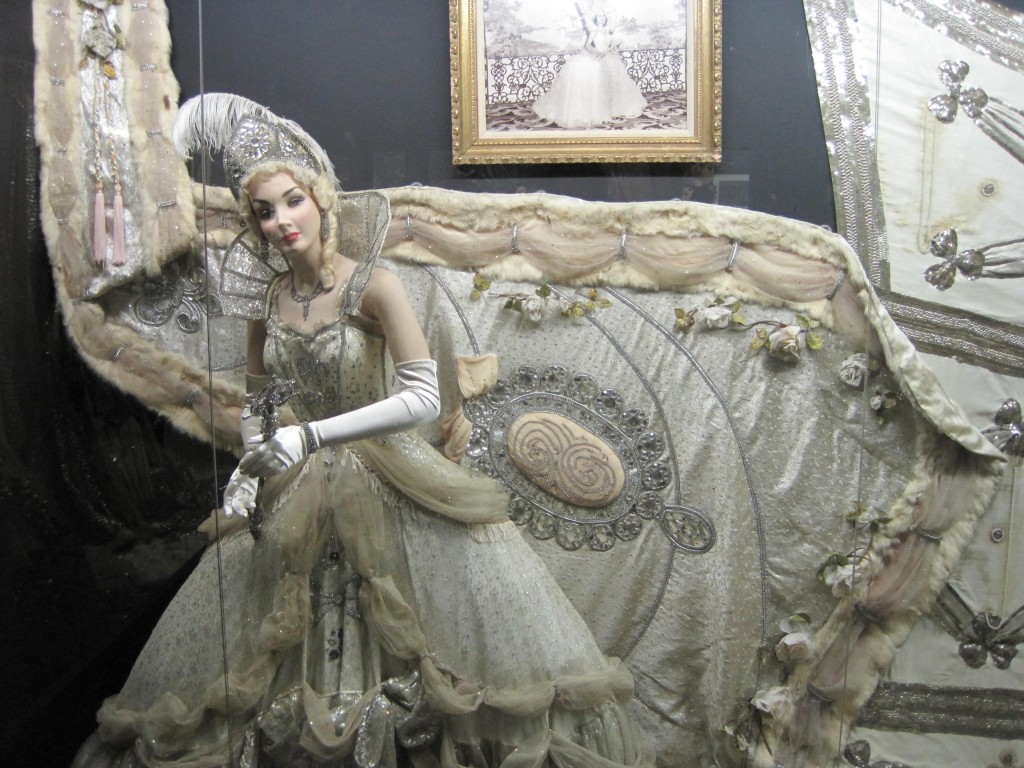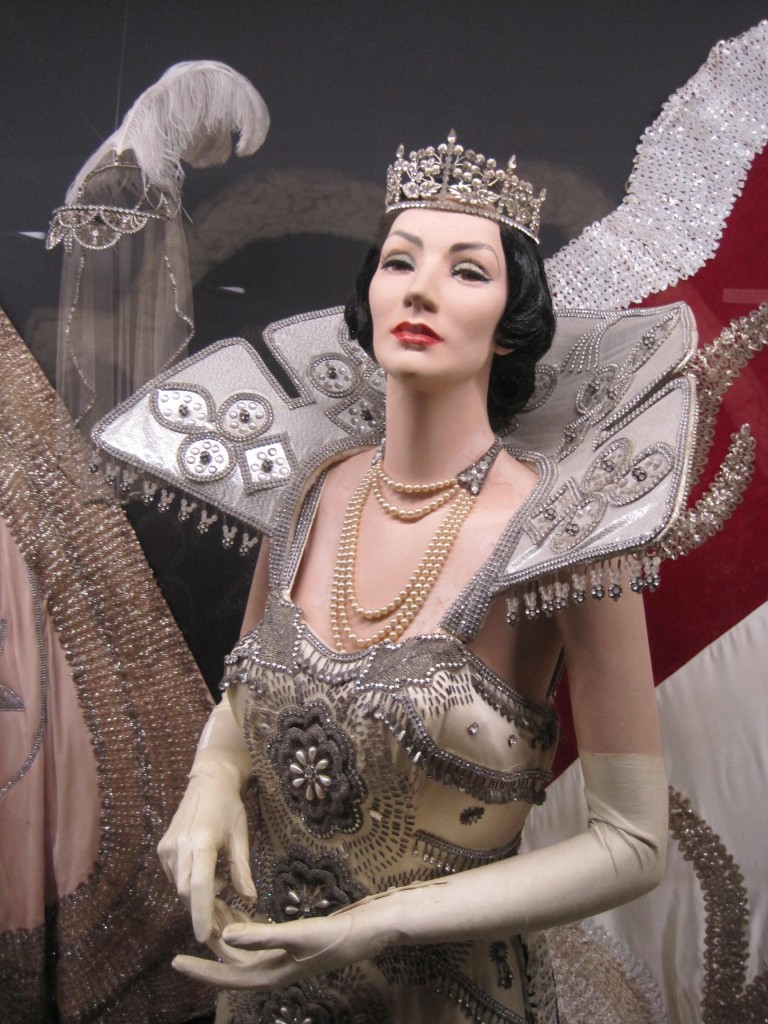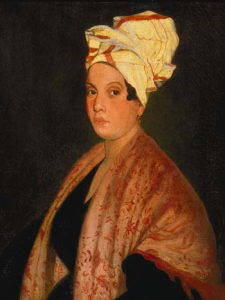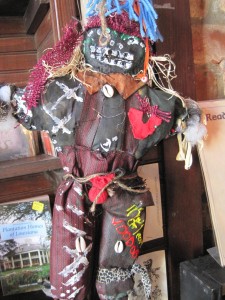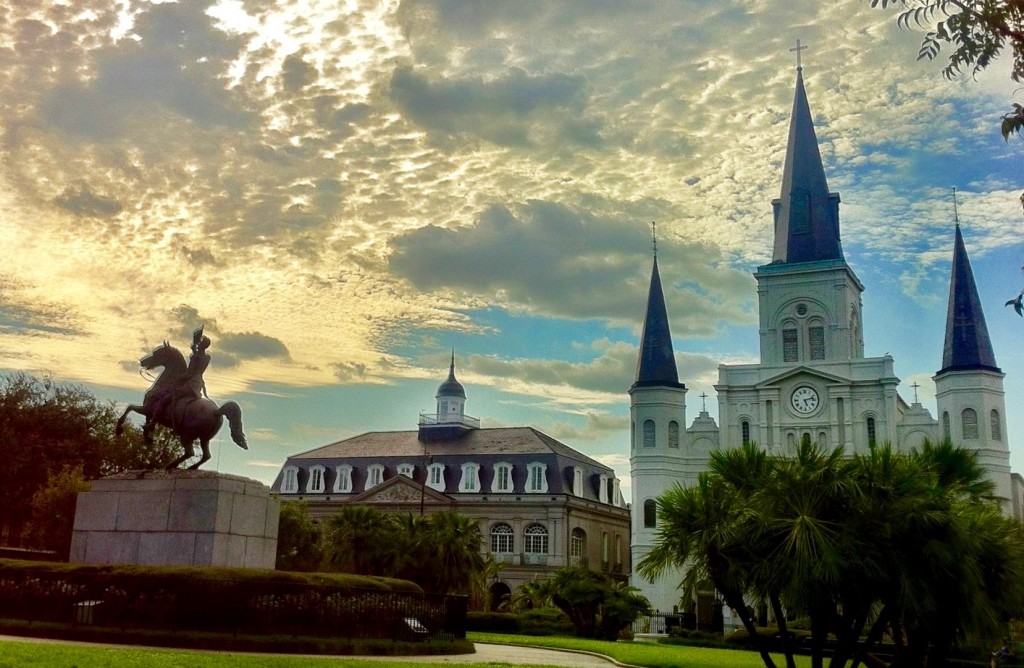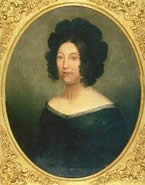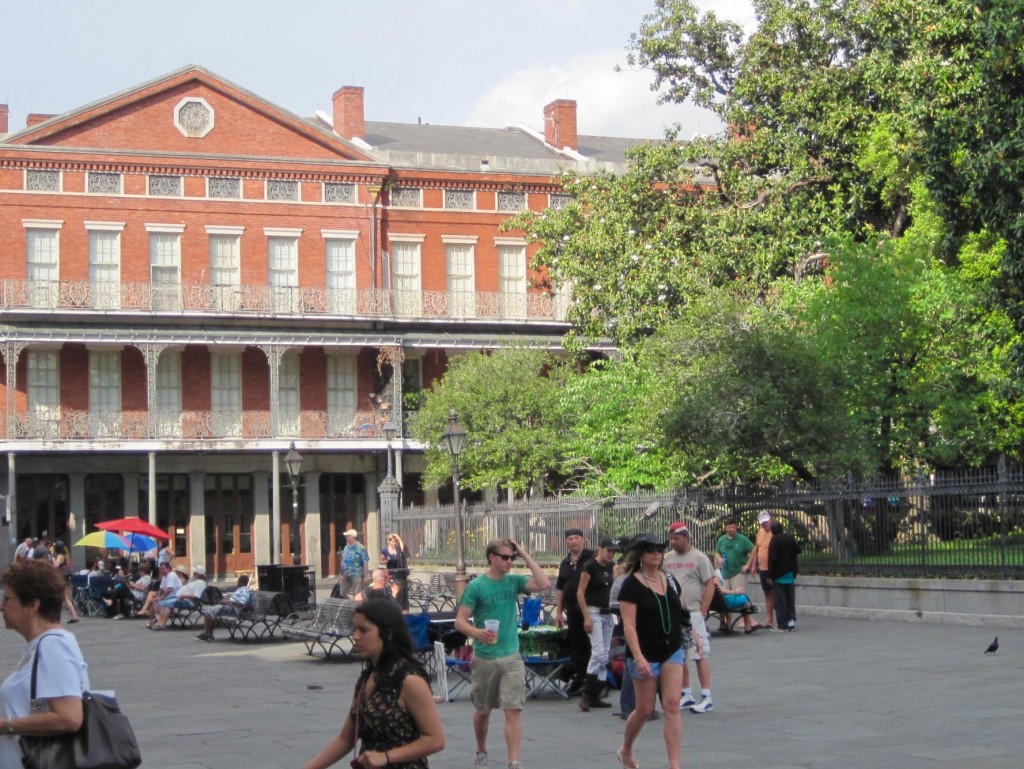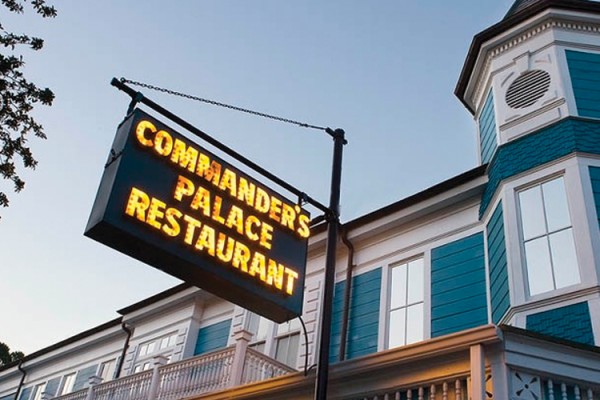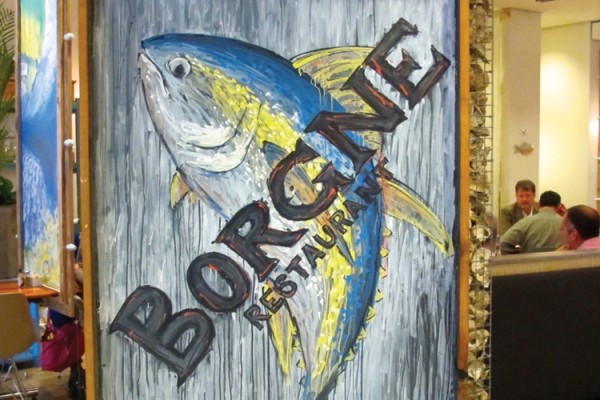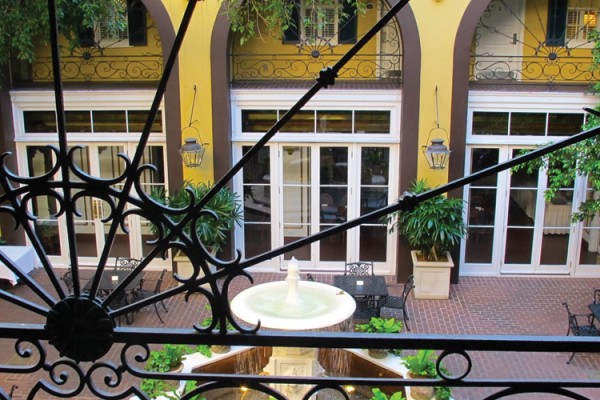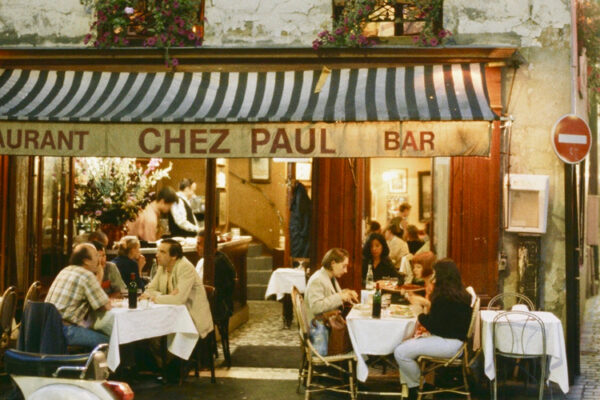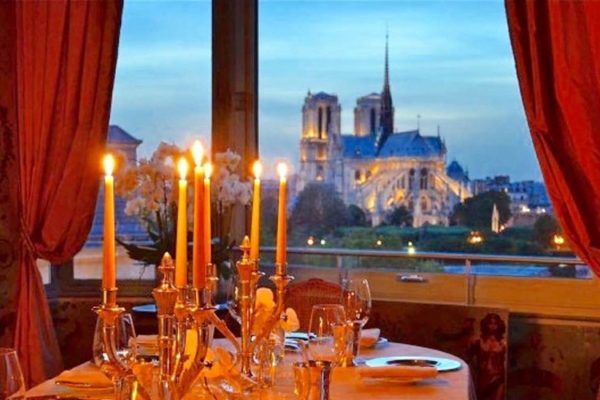Always say “YES” to NO
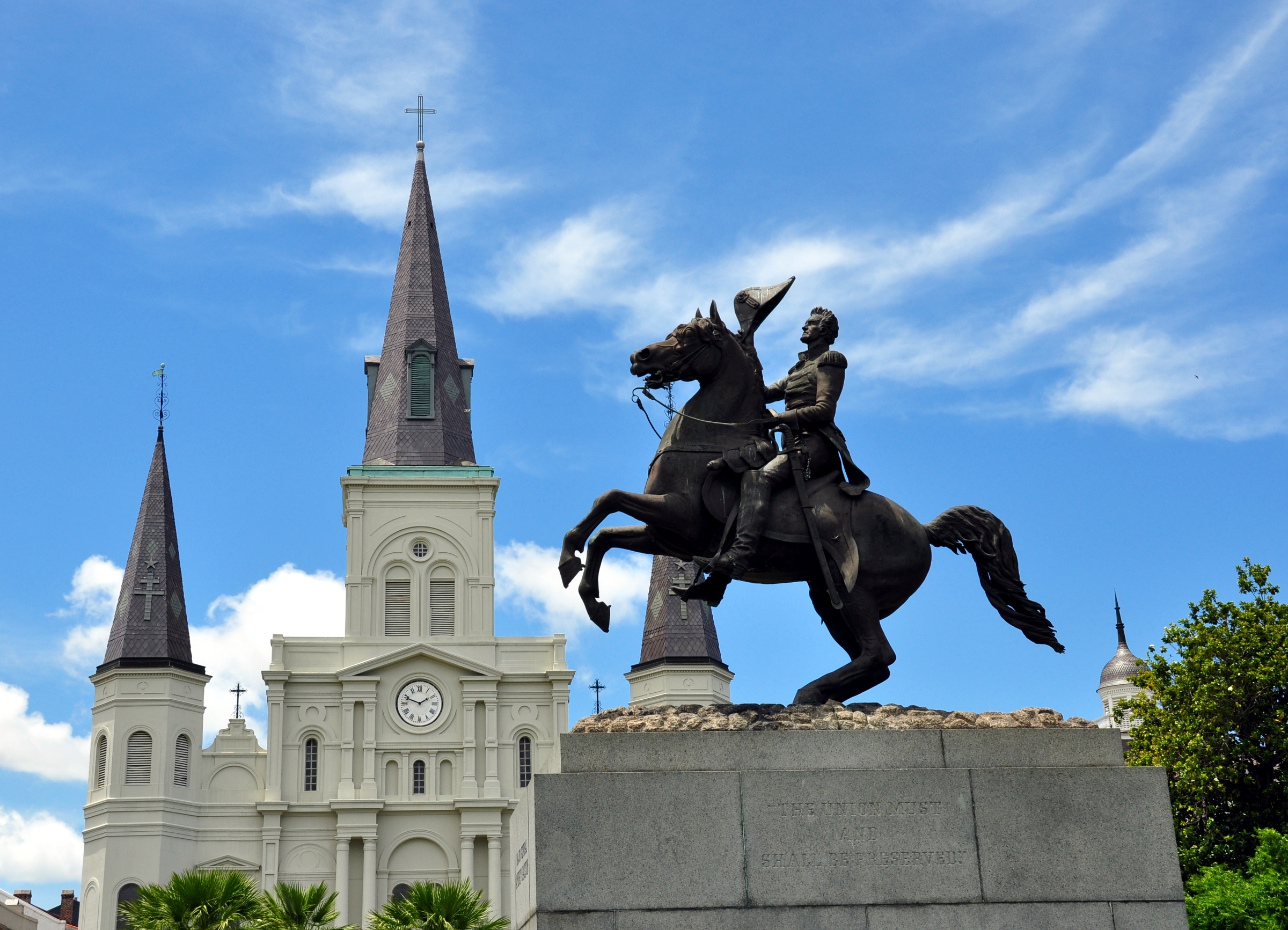
Saint Louis Cathedral in Jackson Square, New Orleans
Text & photos by Marla Norman
Almost everyone wrote-off New Orleans after Katrina. The devastation was incomprehensible — over 1,800 fatalities and $125 billion in damages. It took a few years, but the city came roaring back. Shops, hotels and restaurants were rebuilt. Over 1300 restaurants opened in New Orleans – 500+ more than existed prior to Katrina. The good times were back!
Then the pandemic hit. Mardi Gras in February of 2020 became a super spreader. Cities across the US and around the world suffered, but New Orleans was particularly ravaged. And yet, this indomitable city rebounded once more.
Maybe it’s that at 303 years old (officially — Most historians believe New Orleans is much older.) this place has learned to take hard times in stride. Or maybe there’s something in the very name of the city and its acronym “NO” that inspires its residents to stand up to adversity — not now, never, jamais, NO!
Whatever it is, Jackson Square is once again filled with tourists. Musicians, mimes and psychics are on every corner. Wander down Pirate’s Alley, then cross onto Royal. Even the famously haunted house of Madame Lalaurie looks lived in now.
Head down Bourbon to Lafitte’s Blacksmith Shop. The tottery old building has withstood decades of wars, storms, and literally uncountable nights of revelry. Find a spot at the venerable bar and make a toast to this tenacious, high-spirited city. Long may she reign!
ARNAUD’S RESTAURANT & MARDI GRAS MUSEUM
813 Bienville St
French Quarter
Hopefully you arrived in New Orleans hungry. Food is essential to this city. Since you’re already on Bourbon, slide into Arnaud’s (although reservations are always a good idea.) If the main restaurant is busy, the Bistro is likely available and you can also enjoy the Gumbo Trio play Dixieland standards. In between toe tapping, order oysters: Bienville and Rockefeller. Bienville oysters are an original Arnaud’s dish, named after the restaurant’s location on Bienville St. Oysters Rockefeller were, of course, created by rival restaurant Antoine’s, another leviathan in the Quarter.
Like many of the patriarchs in the Quarter, Arnaud’s has a colorful and rich history. Arnaud Cazenave, a French wine salesman, opened his doors in 1918. Unfortunately, Prohibition laws dried up the country one year later. Not to be deterred, Cazenave was especially creative in circumventing the alcohol-free regulations. He had hidden rooms, secret deliveries, and “special coffee.” Eventually, however, the Feds caught up with him, and he was jailed for a time.
Once Prohibition laws were rescinded, Arnaud’s enjoyed great success. Cazenave, who had become local royalty and was known as Count Arnaud, channeled much of his fortune into expansion. He bought up some 13 buildings around his original property until he owned most of the block. As he converted the old buildings into additional dining rooms, visitors found the network of passageways handy for secret rendezvous and quick get-aways. Rumor has it that the old Count used the secret hideaways as much or more than his customers.
A portrait of Cazenave still hangs in the main dining room. Waiters swear that on especially busy nights, Count Arnaud – dressed in formal attire – always turns up. He stands by the beveled glass windows and observes the diners, smiling contentedly.
The Mardi Gras Museum is also housed at the restaurant. Take the winding corridor and creaky stairs to the displays. Just as you’re wondering if you’ll see the ghost of the old Count himself — he suddenly appears! Or, at least four of the costumes he wore as king during Mardi Gras.
There are also 13 bejeweled gowns worn by Count Arnaud’s daughter, Germaine Cazenave Wells. Germaine was a woman of appetite: for clothing, jewels and – most especially – men. She also evidently loved being queen of Mardi Gras, since she reigned over 22 balls from 1937 to 1968 – an astonishing number – more than any other women in the history of Carnival. The museum is a treasure trove, with more than two dozen lavish costumes in all. The collection houses 70 vintage photos, masks, krewe invitations and party favors.
VOODOO MUSEUM
724 Dumaine St.
French Quarter
The fascinating characters who have inhabited New Orleans are easily the city’s more endearing trait. Marie Laveau, for good or ill, is high on the list of iconic figures. Just the fact that, according to many reputable tourist sites, her tomb draws more visitors than Elvis Presley’s grave site, makes her significant.
When you visit, you’ll find a large portrait of Marie Laveau in the entryway. You might also run into curator John Martin with his pet Sam, who happens to be a python — a small guy, but a python nonetheless.
The interior of the Voodoo Museum has several altars and displays of gris gris bags. The bundles contain herbs, roots, and secret ingredients for curing all sorts of ailments. Several signs note that the museum will create “custom gris gris bags.” Prices are negotiable. Also on display are very specific instructions for making voodoo dolls. Happily, the dolls are primarily intended to heal, not to cause a sudden or fatal illness.
Naturally, much of the museum is devoted to the life of Marie Laveau, an entrepreneurial hair dresser, who began conducting exorcisms and rituals behind her house. You’ll find Marie Laveau’s tomb located in St. Louis Cemetery #1 (between 425 Basin Street & 3421 Esplanade Ave.) Candles, poundcake, and flowers are always piled at the base of the tomb. Laveau’s many devotees mark triple X’s on the walls of the tomb as a means of requesting favors from her spirit.
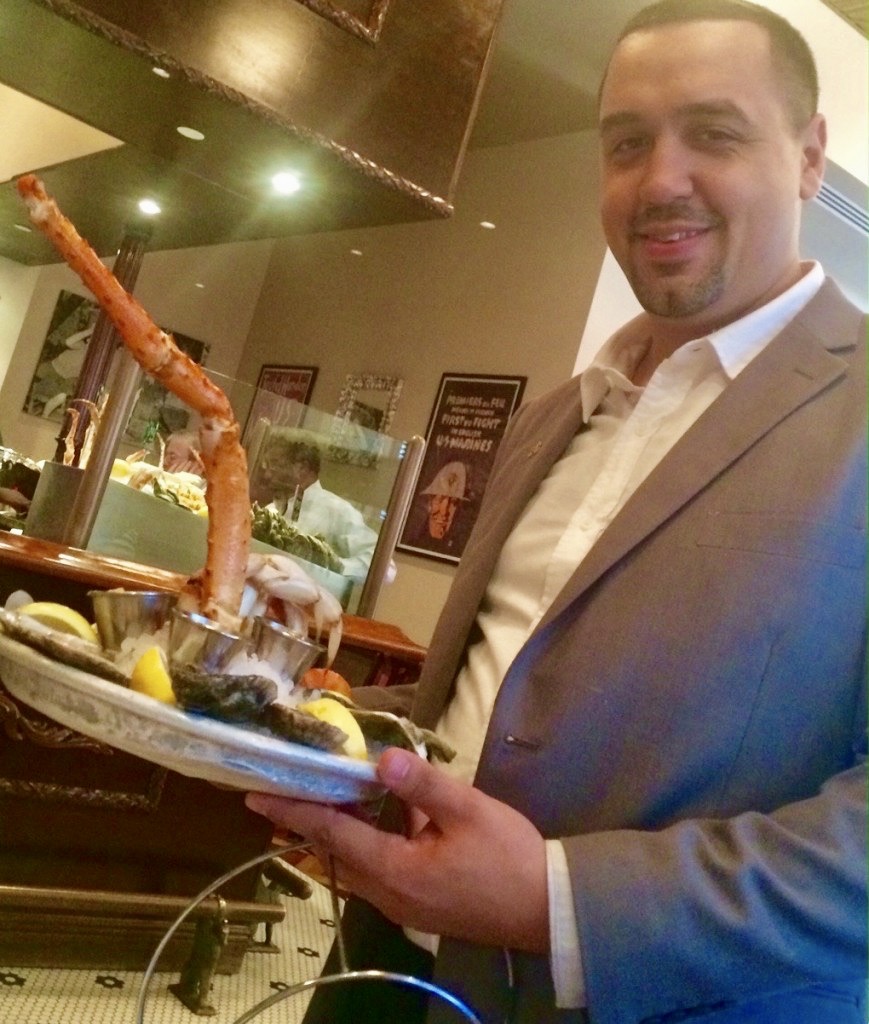
Oysters and shellfish are star attractions at Lüke.
LÜKE RESTAURANT
333 Saint Charles Ave.
Central Business Distric
Undoubtedly you need refreshment about now. Some of the city’s best dining is in the Central Business District, south of Canal St. and the French Quarter. Make your way to Lüke for THE best Fried Oysters (not to be confused with baked oysters). Order a dozen per person. It sounds excessive, but truthfully, it’s a wise decision that will save you time, because if you order any less you’re going to want more. Guaranteed!
Chef Erik Loss IV, who has bedazzled diners for years, also serves up Pâté of Louisiana Rabbit & Chicken Livers with Truffles, Jumbo Blue Crab au Gratin, and Crawfish Flatbread. Seafood platters from the raw bar make for great appetizers too.
For dinner….the options are limitless. Here are a few choices:
COMPÈRE LAPIN
535 Tchoupitoulas
Warehouse District
Chef Nina Compton, of Top-Chef fame, drew inspiration from her Caribbean childhood to name her first restaurant – Compère Lapin, which translates “Br’er Rabbit.” Diners won’t find rabbit on the menu, however. A broad range of courses is offered – ranging from Spiced Pig Ears, to Curried Goat and red hot (as in scorching) Fried Chicken.
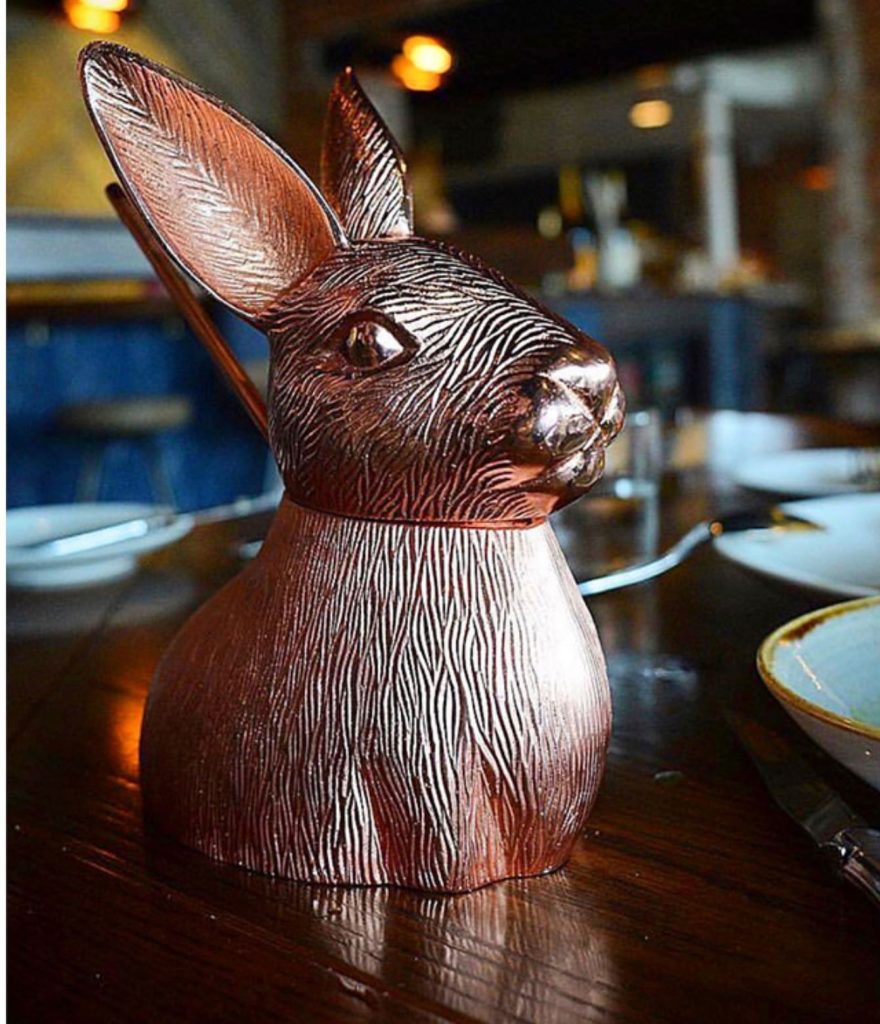
At Compère Lapin, Moscow Mules have become Moscow Rabbits!
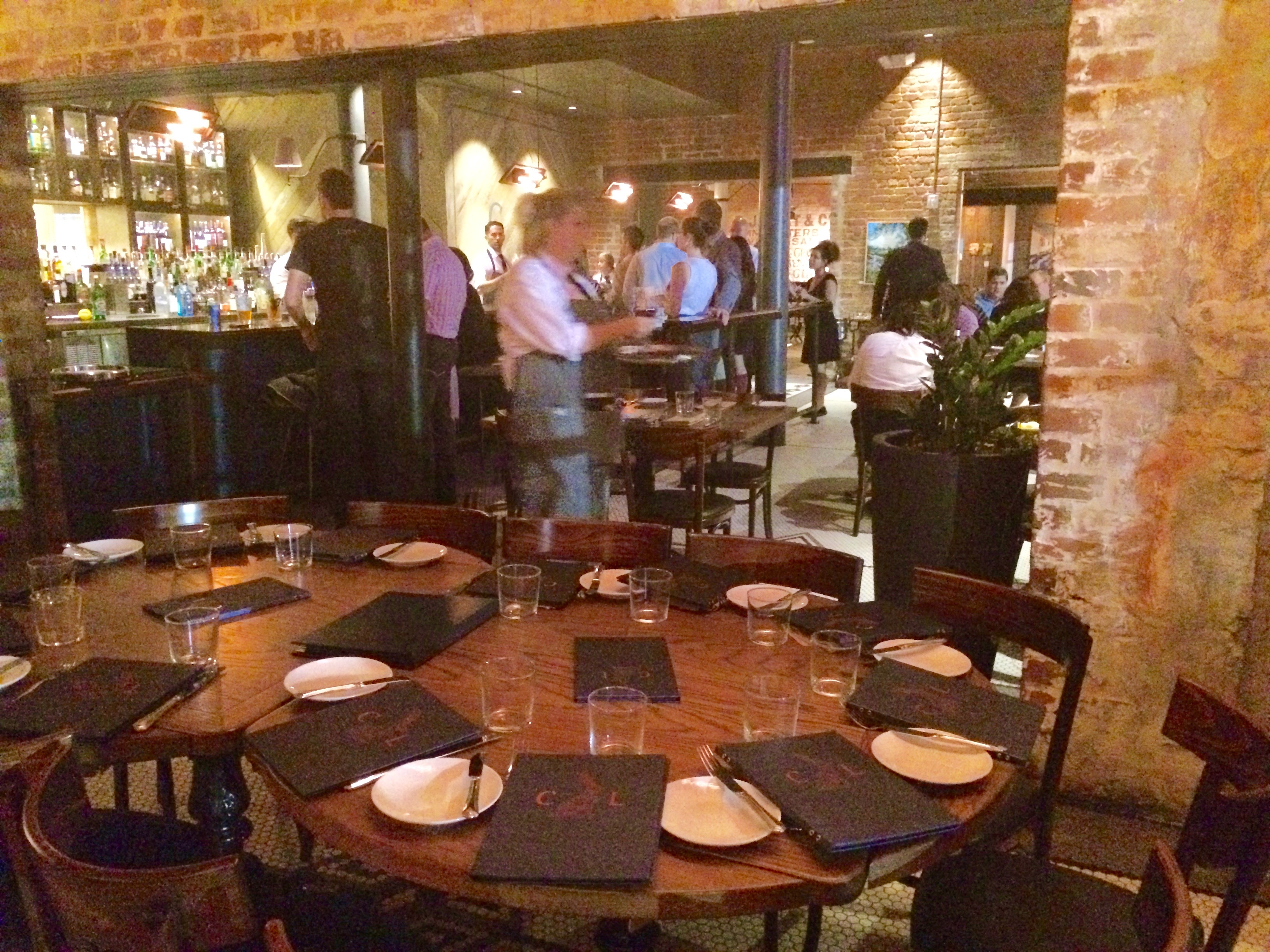
Located in an old brick warehouse, Compère Lapin makes the most of the original site.
But seafood is the main ingredient here, with thoughtful preparation that showcases original flavors. For example, Hamachi (Pacific Yellowtail) – delicately sliced and served over icy cold honeydew melon – simple, but beautifully combined flavors. Pici Pasta (a thick, hand-rolled spaghetti) soaks up fennel cream, smoked mushrooms and juicy bits of lobster.
A Roast Beet Salad with whipped Ricotta and Pistachios is a perfect accompaniment for the seafood – so delicious it could even be dessert. But whatever you do, don’t miss out on the Bolivian Chocolate Cake with Spiced Chocolate Sauce – cayenne and cinnamon make for an unusual, but instantly-addictive combination in the sauce.
PÊCHE SEAFOOD GRILL
800 Magazine Street
Warehouse District
Just down the street from his much loved pork emporium, Cochon, Chef Donald Link opened Pêche, his homage to fish. Whole fish, mussels, chicken and lamb skewers are cooked on a wood-fired grill, that also serves as the restaurant’s centerpiece. An Oyster Bar offers raw seafood, seafood salads and platters. Peanut Butter Pie tops the favorite items on the dessert menu.
Link was named Best Chef in the South by the James Beard Foundation in 2007. Pêche was named “Best New Restaurant ” by the James Beard Foundation. His other restaurants Herbsaint and Cochon Butcher are local institutions as well.
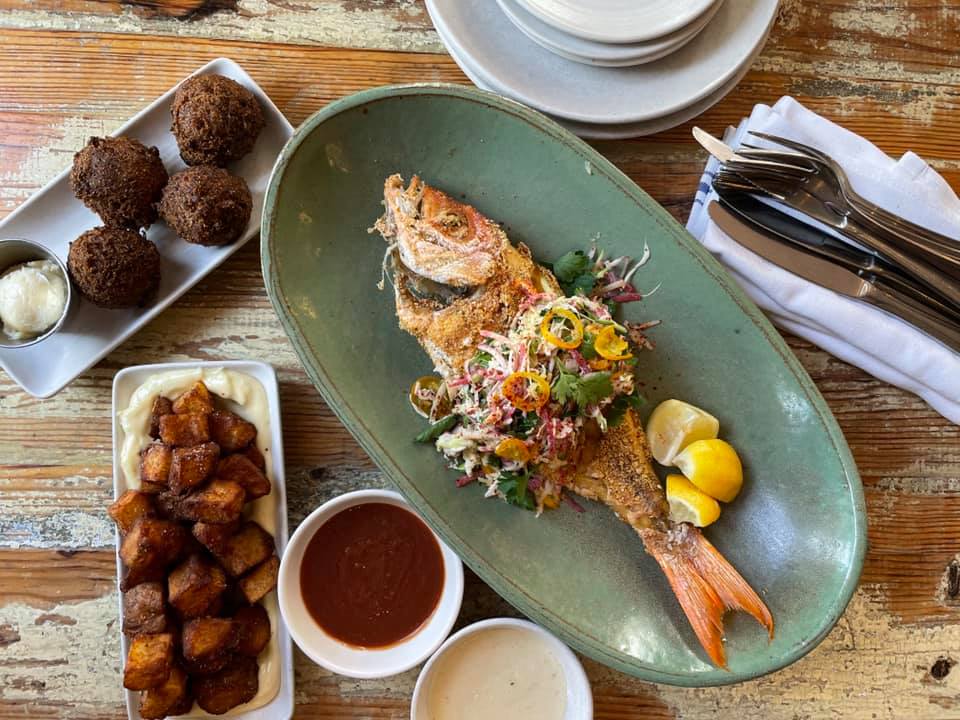
Mouthwatering meal at Pêche: Whole Fried Fish with Brabant Potatoes, and Hush Puppies. Photo courtesy of Pêche Seafood Grill.
COMMANDER’S PALACE
1403 Washington Ave.
Garden District
Easily the most famous restaurant in New Orleans, Commander’s Palace has been known for great chefs and fine dining since Emile Commander first opened the property in 1880. By the time, the Brennan family acquired the restaurant in 1969, Commander’s Palace was an established epicurean legend.
Zagat restaurant guide has listed Commander’s Palace as the “Most Popular Restaurant in New Orleans” for over 24 years. The property was inducted into the Culinary Institute of America in 2008 and has won six James Beard awards, including a Lifetime Achievement Award for Ella Brennan.
Learn more about the food, the wine cellar, the famous chefs and this legendary place in our interview with Ti Adelaide Martin, Co-Proprietress of Commander’s Palace.
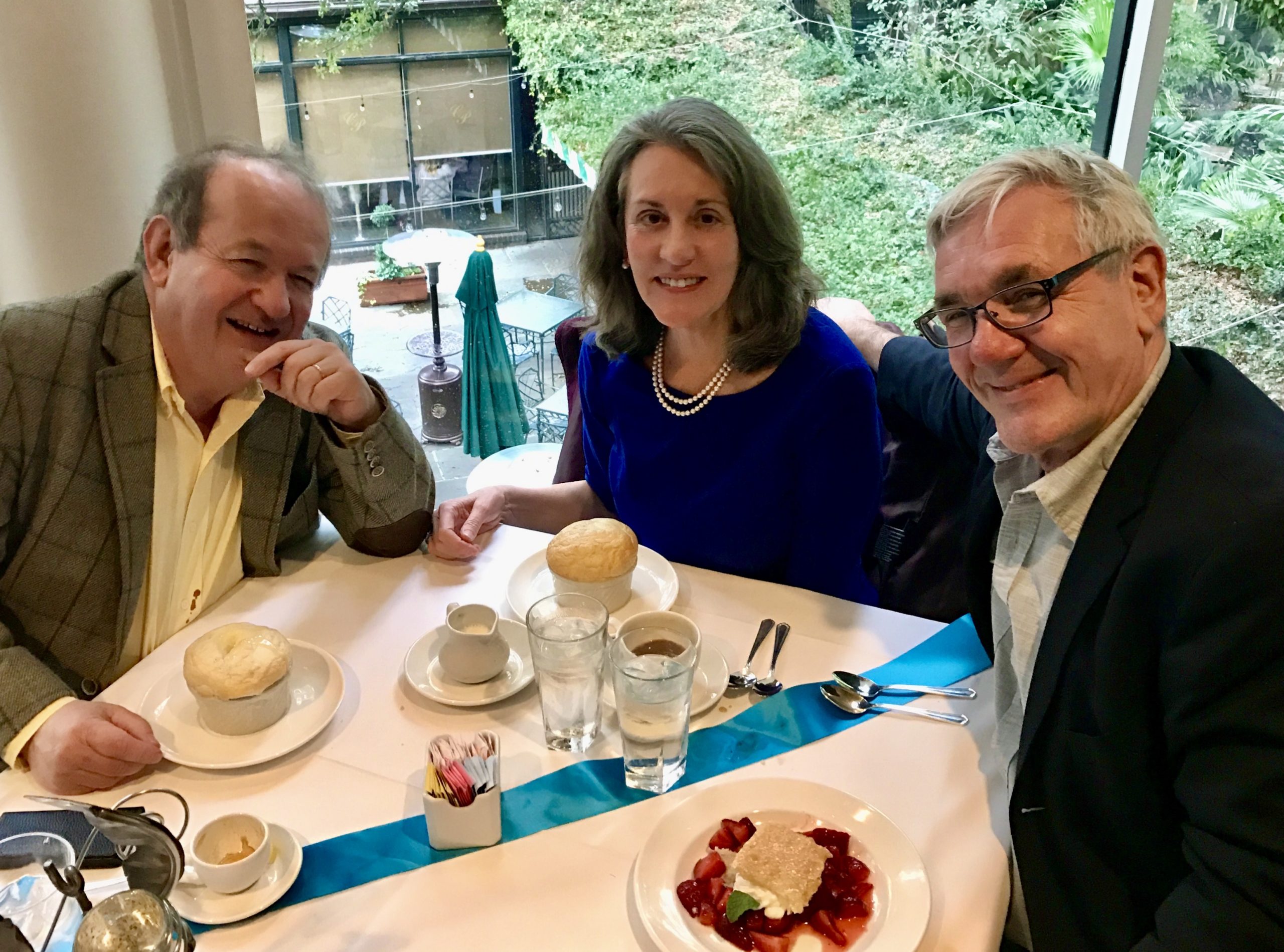
Every day is a party at Commander’s Palace. Marla & Michel with Jean Bernard Grenié, co-owner of Château Angélus.
JACKSON SQUARE & ST. LOUIS CATHEDRAL
French Quarter
After dinner, make your way back across Canal St. to Jackson Square, where you can almost hear the ghosts conversing. The St. Louis Cathedral or as it’s formally known – the Cathedral-Basilica of St. Louis King of France – is the oldest Catholic cathedral in continual use in the US. The Pontalba Buildings on the opposite side of the square are also are considered to be some of the oldest continuously-rented apartments in the country. The square is not only the heart of New Orleans, but one of the most important historical sites in the United States.
Take a few minutes to admire the cathedral’s triple steeples – one of New Orleans’ most recognizable landmarks. Visitors may tour the cathedral from 8:30 a.m.-4:00 p.m. Self-guided brochures are available for a $1.00 donation.
Jackson Square itself was constructed to resemble the Place des Vosges of Paris. Baroness Micaela Almonester Pontalba built the four-story red-brick buildings at a cost of $300,000 – an unimaginably extravagant sum at the time. The Baroness, who inherited a sizable fortune, is also known for surviving an attack by her greedy father-in-law, who was hoping to inherit her money. Baron de Pontalba shot Micaela four times at close range. Fortunately, the Pontalba Buildings have proved to be just as resillient and enduring as their creator. A perfect metaphor for a city that has also become a symbol for survival.
Looking for a great place to stay? Check out our New Orleans Hotel Finds.


